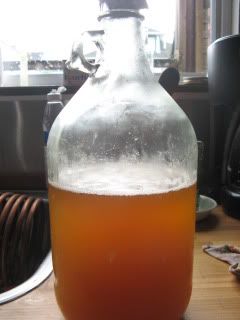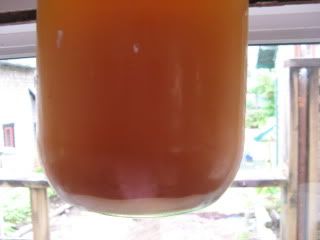TacoGuthrie
Well-Known Member
First of I know there are many threads on starters around but they are actually causing more of a problem than providing me with answers. Basically there are a lot of conflicting views out there.
Hence, this thread. Where I'm hoping to get specific answers to my questions.
I'd like to make a starter with some 1056 that i washed may 1st. I want to use this starter in a 1.074 ipa I am brewing this weekend.
1) How big? - How much of a starter should i make. How to brew talks about 2 cups of water to 1/2 cup dme. I read others upward of 3L (for lagers). How much wort should i make for this starter?
2) How much yeast? I've got 5, 250ml mason jars with washed yeast in them . There is really only about 1/4 inch of sediment in the bottom of each. How many of the jars should i pitch?
3) How long? - I've read to prepare the starter from 12 hrs to 7 days before.
4)Airlock or just foil? - I've got a 1G jug to store the starter in. I've read airlocks aren't good. Should i just cover it with foil?
Thanks for yer answers.
Hence, this thread. Where I'm hoping to get specific answers to my questions.
I'd like to make a starter with some 1056 that i washed may 1st. I want to use this starter in a 1.074 ipa I am brewing this weekend.
1) How big? - How much of a starter should i make. How to brew talks about 2 cups of water to 1/2 cup dme. I read others upward of 3L (for lagers). How much wort should i make for this starter?
2) How much yeast? I've got 5, 250ml mason jars with washed yeast in them . There is really only about 1/4 inch of sediment in the bottom of each. How many of the jars should i pitch?
3) How long? - I've read to prepare the starter from 12 hrs to 7 days before.
4)Airlock or just foil? - I've got a 1G jug to store the starter in. I've read airlocks aren't good. Should i just cover it with foil?
Thanks for yer answers.





